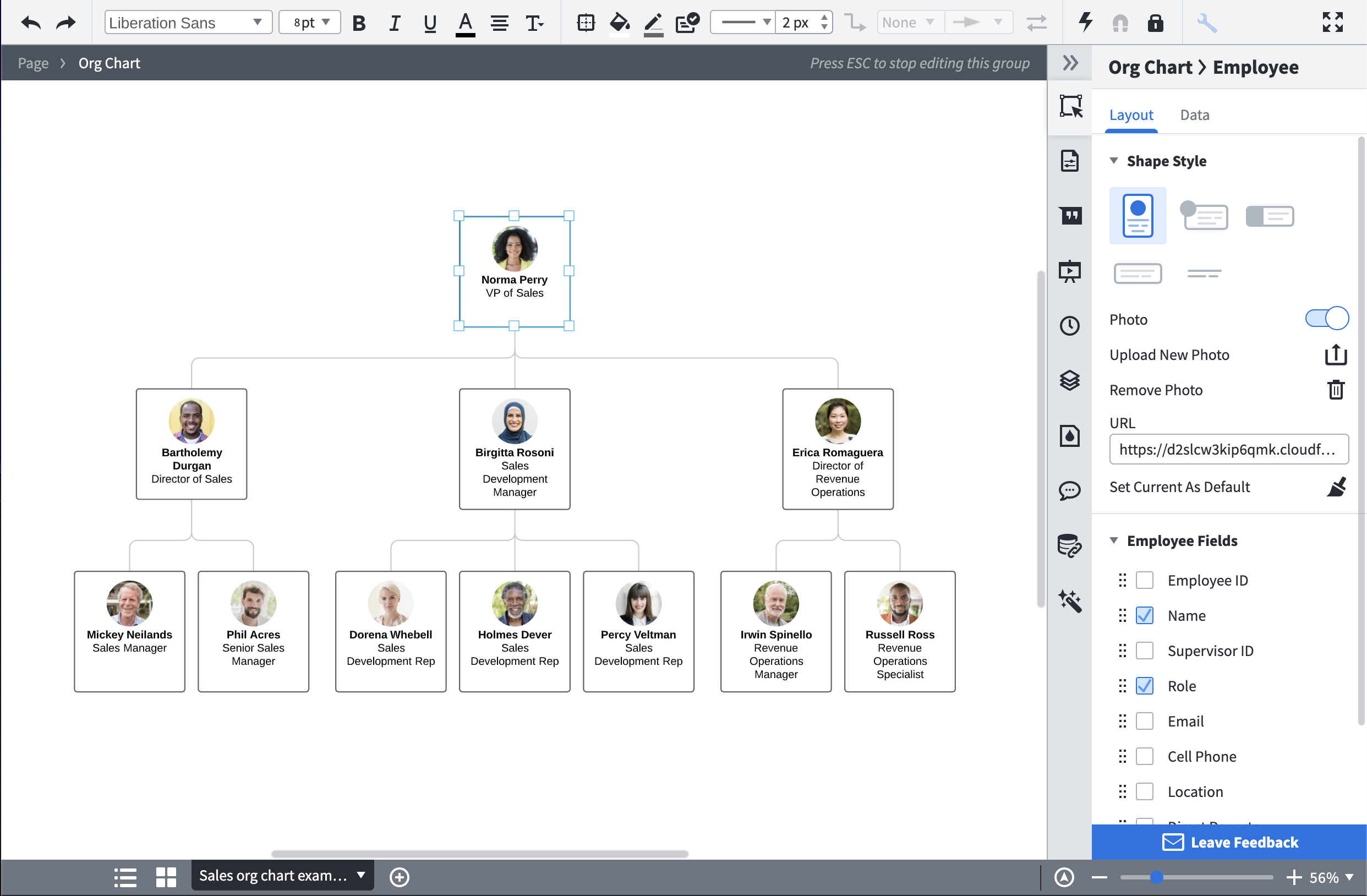


You’ll also be able to select which employee fields are shown and in which order they’re displayed. Change the layout and spacing to your needs and customize shapes, images, and colors.You’ll have the option to separate by departments or create one org chart for the entire organization. Follow the prompts to import the employee table (it will ask whether you identify supervisors by ID or title, etc.).Select “Import data” and choose the data source you’ll be importing from.Add the org chart shape library (press M to open the shape manager).Add container shapes or swimlanes to create columns showing different stages or participants within your process.Hold down Alt + Option to quickly duplicate shapes in your chart.Don’t forget that you can customize shape colors, line styles, and fonts, which can help you delineate roles and responsibilities. Drop shapes into your diagram, and use auto-prompts to add arrows and additional shapes to create a workflow.To develop your own HR process flowcharts: By documenting your HR processes, you can have hiring managers and co-workers give their feedback on how everything’s working (because sometimes how processes are supposed to work and how they’re actually working are two entirely different scenarios). Whether you’re trying to improve your onboarding process or establish a new campus recruiting strategy, flowcharts can help you easily design, execute, and iterate on these workflows. See our recap below or watch the full webinar on-demand to start leverage Lucidchart for all of your HR needs. Paige hosted a webinar on using Lucidchart for documenting and mapping various aspects of HR, and her advice was so compelling that we’d be remiss if we didn’t share it once more in our blog. Paige Allen, a Lucidchart Product Pro who has spent over 1,500 hours working in Lucidchart, is an expert at helping professionals manage the most important part of an organization: its people.


 0 kommentar(er)
0 kommentar(er)
